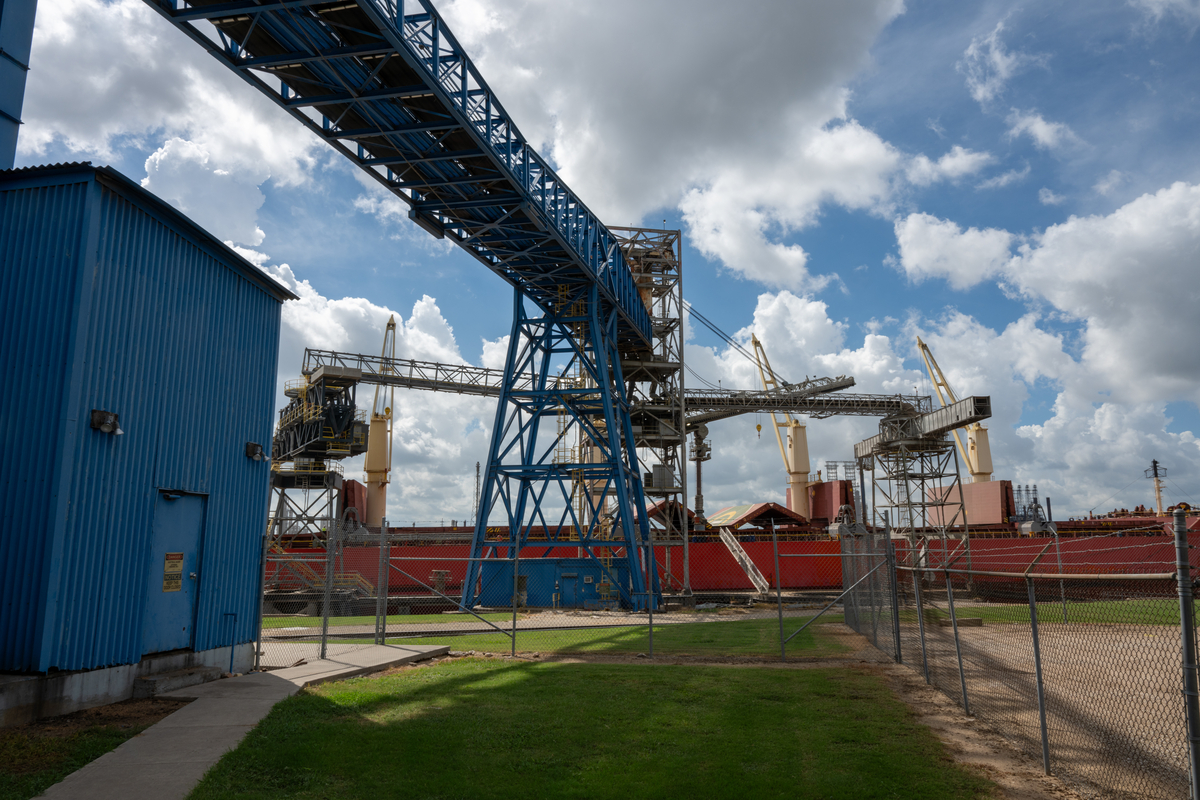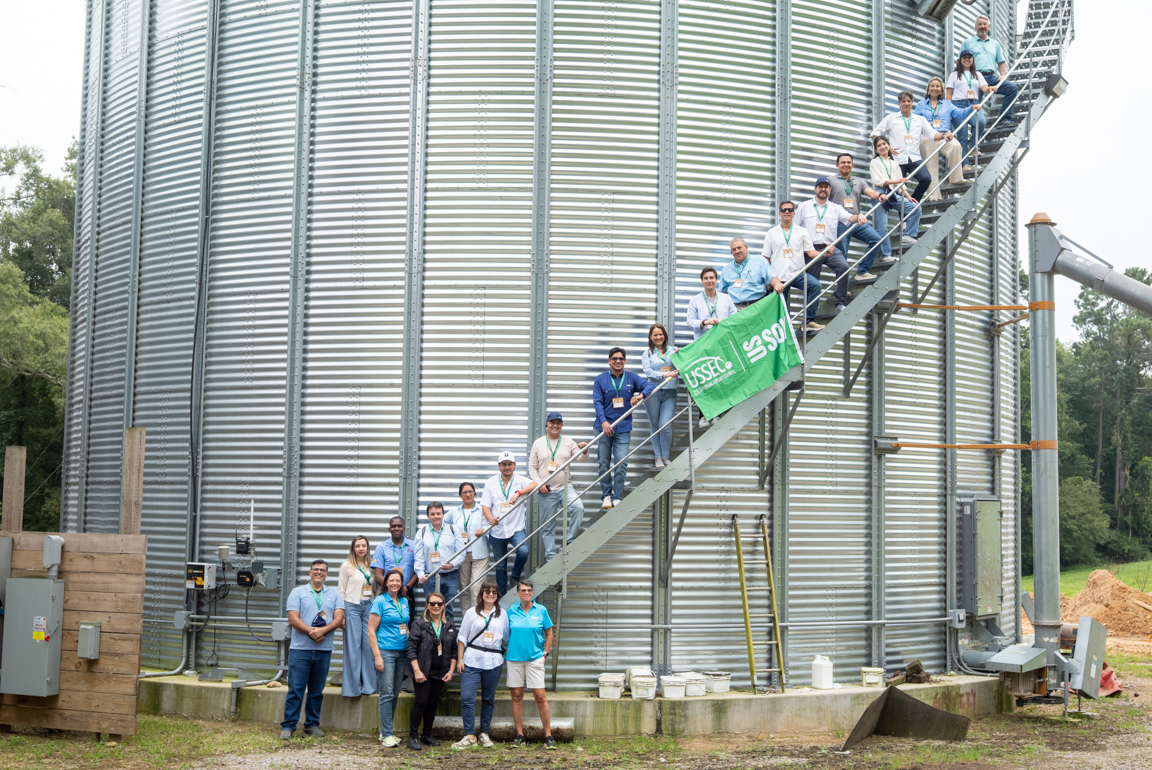High Oleic Soybean Oil Popularity Sprouting Around the World

One of the checkoff’s longstanding investments, high oleic soybean oil, made significant advances in 2019 and is looking toward a bright future.

“End users are interested in high oleic soybean oil because it offers neutral taste in the oil and has zero grams trans-fat,” said Belinda Burrier, soy checkoff farmer-leader and high oleic soybean farmer from Union Bridge, Maryland. “And the U.S. has an abundant supply potential to fulfill their needs.”
High Oleic in South Korea
Recently, a South Korean food company launched a limited run of high oleic oil, exclusively produced in the U.S., for use in their food industry. The company indicated it plans to introduce a consumer-oriented line of high oleic soybean oil, according to the U.S. Soybean Export Council.
South Korea is the largest export market for U.S. soybean oil. In 2017, the East Asian country imported over 11 million bushels worth of U.S. soybean oil, almost double the amount imported by Mexico, the second-largest importer of U.S. soybean oil, according to USSEC data .
“Korea definitely looks like a fantastic marketplace,” said Will McNair, director of human nutrition and oil at USSEC. “We’ll have a lot of potential to export oil because of the demand and competition in their marketplace.”
High Oleic in Costa Rica
Another success came from Costa Rica. A soybean oil and flour company imported several containers of U.S.-grown high oleic soybean oil for use in one of the largest multinational foodservice chains.
“Our hope is Costa Rica, being so close to other Latin American countries, will share its success, and high oleic soybean oil will spread into other large markets,” said McNair.
This is the first time a multinational fast-food company has used high oleic soybean oil commercially. Initially, shipments to the company were sent in November, and subsequent shipments are already in the books for early 2020.
“I can definitely say it was very heartening to be able to see that there is an international demand occurring within these markets,” said McNair.
Checkoff efforts have focused on introducing the commercial food industry to high oleic soybean oil by providing samples to refiners, blenders, crushers and end users, assisting with subject matter experts and even bringing interested buyers to the U.S. to meet with potential suppliers.
“High oleic has actually revitalized the soybean market,” said Burrier. “As more and more consumers start to use the oil, they will see the many benefits of high oleic. Farmers have started to increase their planting of the high oleic beans because they get a premium.”
Both Korean and Costa Rican company representatives have traveled to the U.S. to meet with high oleic soybean oil suppliers.
“There is an ongoing demand for higher quality oil,” said McNair. “It made sense for companies to start buying high oleic soybean oil and get their programs up and running to meet their growing demand.”
Growing and Meeting Demand
Funds from the checkoff have been dedicated to promoting high oleic soybeans in South Korea and Central America. Currently, the U.S. is the only country growing high oleic soybeans. Any growth in demand, no matter where it might originate, circles right back to U.S. soybean farmers and their fields.
“Our hope is that by creating additional international demand, it will help to generate more of that demand growth that will help to grow the acres in the U.S.,” said McNair.
McNair also stressed successes like these wouldn’t have been possible without the support of the checkoff, state soybean boards and farmers.
“High oleic is one of the premier crops,” said Burrier. “It’s really a great investment for the checkoff dollar.”



